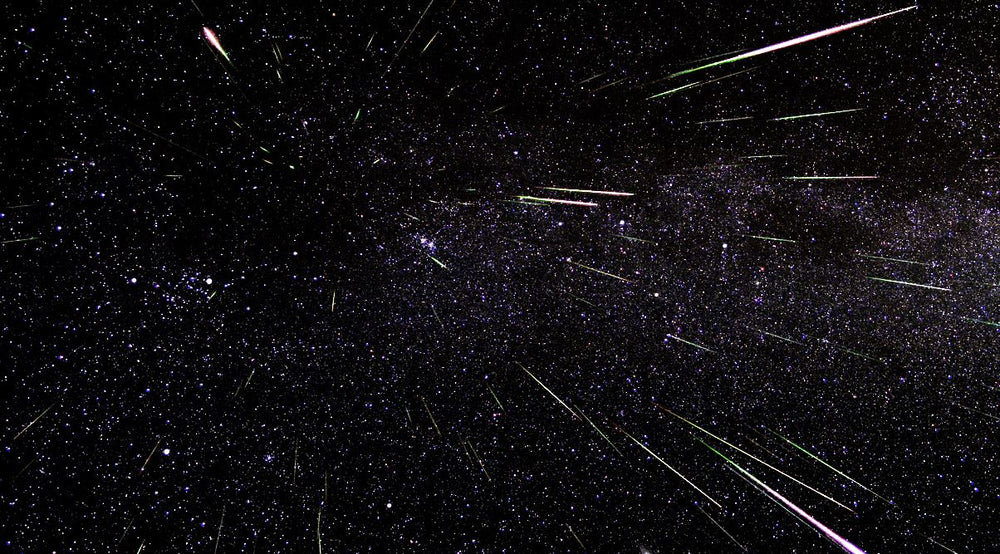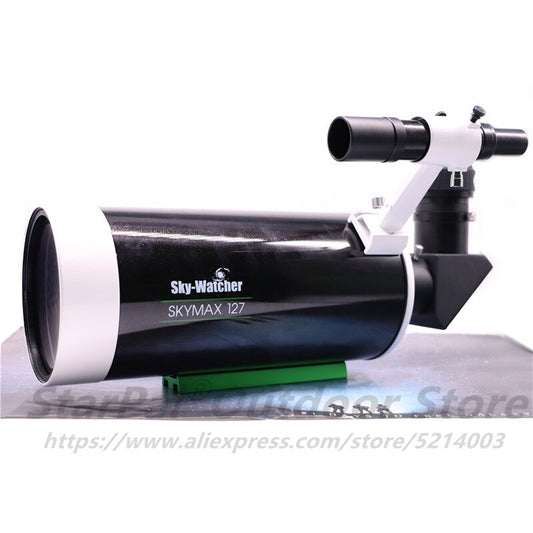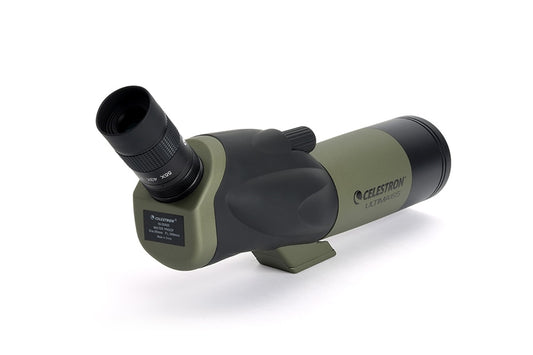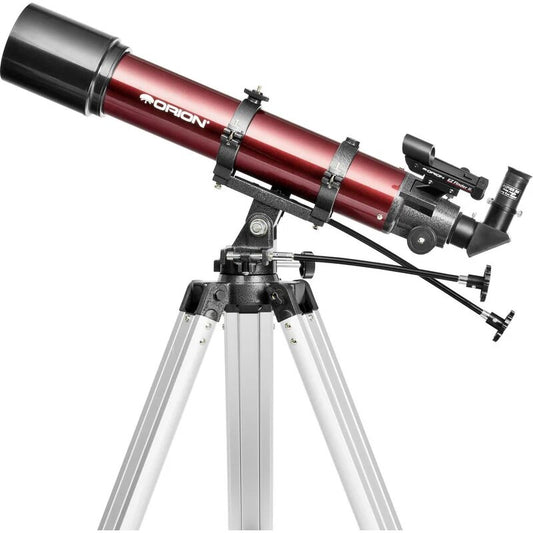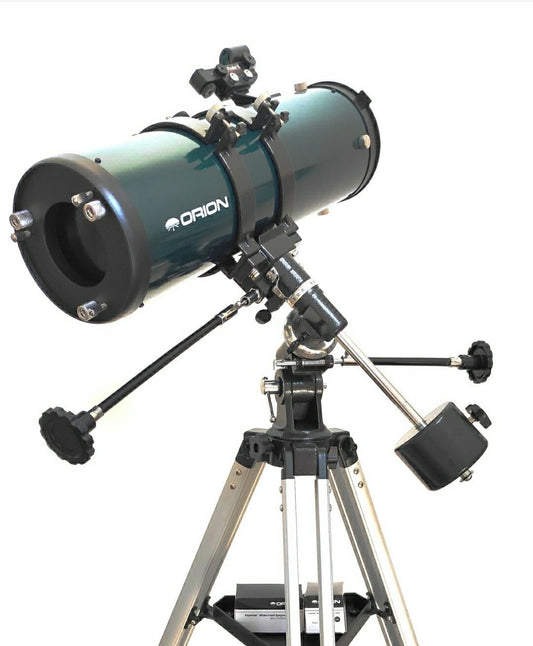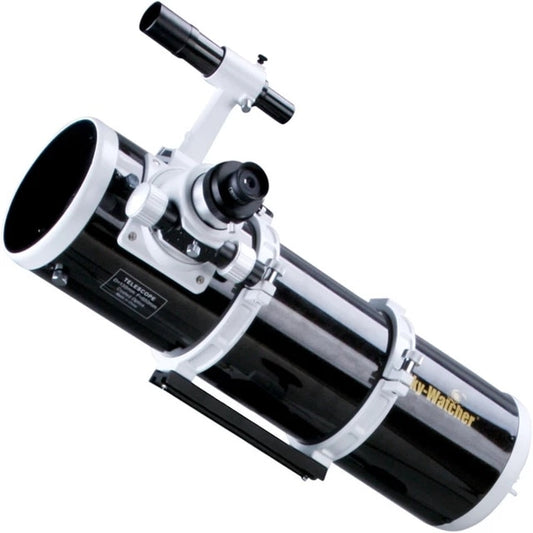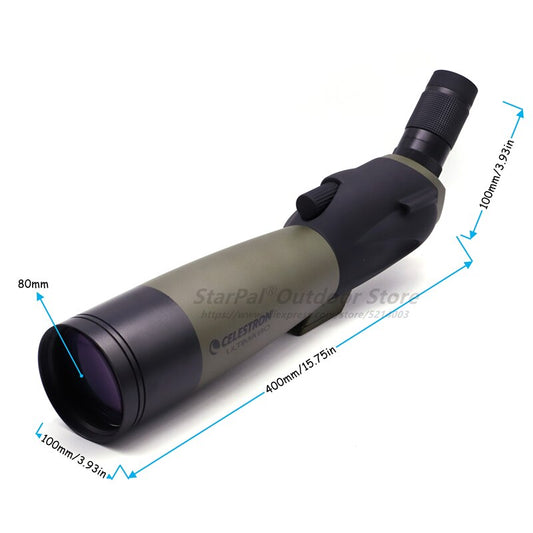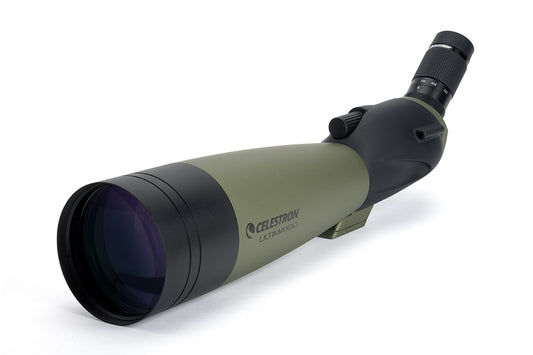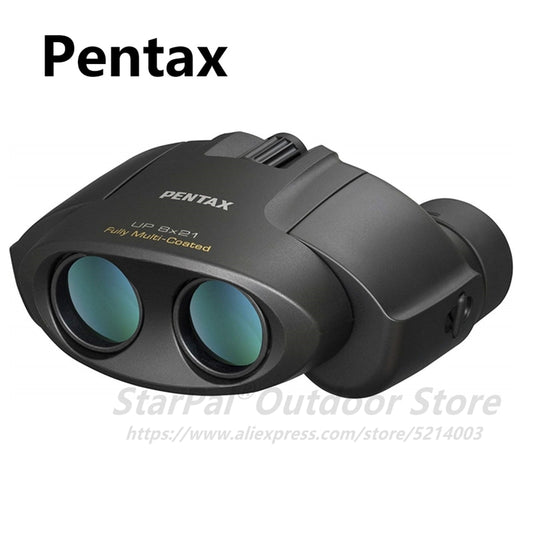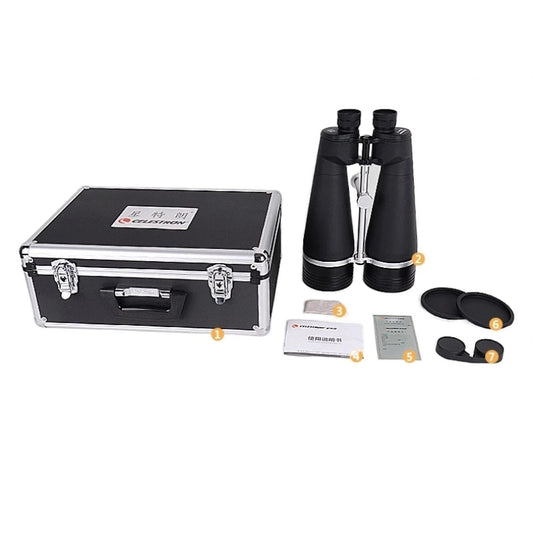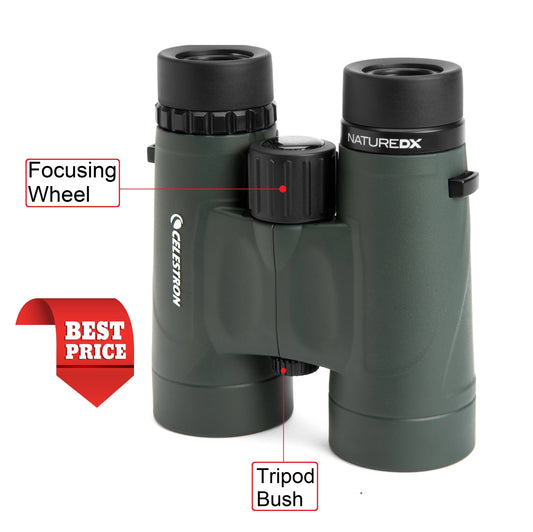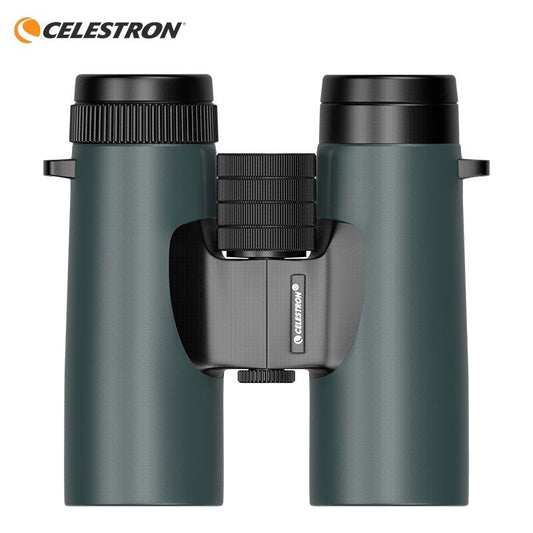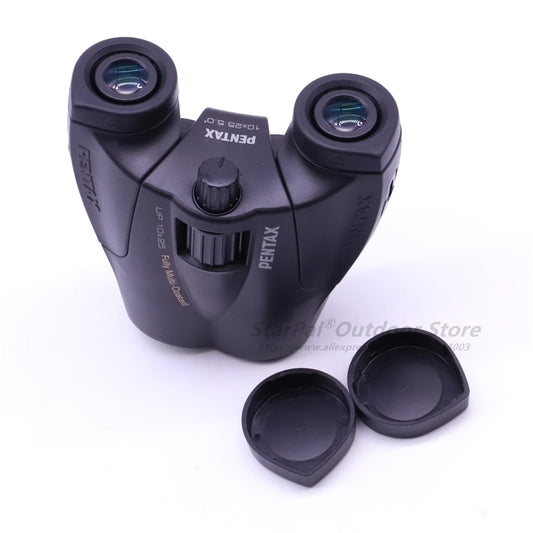What is a Meteor Shower in The Sky
When the night sky comes alive with streaks of light that look like a celestial fireworks show, you know you're witnessing a meteor shower. These awe-inspiring celestial events captivate the imaginations of stargazers and astronomers alike. But what is a meteor shower, and how do these cosmic displays occur? In this comprehensive guide, we'll explore the science behind meteor showers, their history, and how you can experience the magic for yourself. We'll also delve into the most famous meteor showers and share valuable tips for the best meteor shower viewing experiences.
What is a Meteor Shower
A meteor shower is a celestial event where numerous meteors, also known as "shooting stars," streak across the night sky within a short period of time. These meteor showers occur when Earth passes through the debris trail left behind by a comet or an asteroid. As the debris enters Earth's atmosphere, it burns up, creating the bright streaks we see as meteors.

Meteor Shower Simple Definition
A meteor shower is a celestial event characterized by a heightened frequency of meteors or "shooting stars" visible in the Earth's night sky. These occurrences occur when the Earth passes through debris left behind by a comet or, less frequently, an asteroid. The particles from this cosmic debris, usually no larger than grains of sand, burn up upon entering the Earth's atmosphere, creating bright streaks of light as they rapidly disintegrate.
What is a Meteor Shower made out of
Meteor showers are primarily composed of tiny particles and fragments, often no larger than a grain of sand or small pebble. These particles originate from comets or asteroids that have traversed through the solar system. Comets, in particular, leave a trail of debris consisting of dust and rocky material as they orbit the Sun. When the Earth intersects the orbital path of a comet or passes through the debris trail it has left behind, the particles collide with our atmosphere. These collisions lead to the intense heat generated as the particles rapidly decelerate, causing them to glow and produce the streaks of light commonly observed during a meteor shower.
How Meteor Showers are formed
Meteor showers are formed through the interaction between the Earth and cosmic debris, typically shed by comets. The process unfolds in several steps:
- Comet Orbit: Comets, icy bodies that orbit the Sun, release dust, gas, and rocky material as they approach our star. This debris forms a trail along the comet's orbital path.
- Earth's Intersection: When the Earth's orbit intersects with the debris trail left by a comet, the particles from the comet's tail enter the Earth's atmosphere.
- Atmospheric Entry: As these particles, often no larger than grains of sand, enter the Earth's atmosphere at high speeds, they experience significant friction with air molecules. This friction generates intense heat, causing the particles to heat up and glow brightly.
- Visible Streaks: The glowing particles, now referred to as meteors or shooting stars, create bright streaks of light across the night sky. This phenomenon is what we observe as a meteor shower.
- Disintegration: Most meteoroids completely disintegrate during their fiery journey through the atmosphere, leaving behind only a luminous trail. Occasionally, larger particles may survive the atmospheric entry and reach the Earth's surface as meteorites.
Meteor Showers vs. Meteorites: What's the Difference?
While both meteor showers and meteorites originate from space, there are distinct differences between the two. A meteor is the bright streak of light we see in the sky when a small piece of debris from a comet or asteroid enters Earth's atmosphere and burns up. On the other hand, a meteorite is a fragment of a meteoroid (the original space debris) that survives its journey through the atmosphere and lands on Earth's surface. In other words, a meteor is the light phenomenon we observe, while a meteorite is the physical remnant of that phenomenon.
The Science Behind Meteor Showers: Cosmic Debris and Our Planet
Meteor showers are caused by the debris left behind by comets and, occasionally, asteroids. These celestial bodies are made of ice, rock, and dust. As they travel through the solar system, they leave behind a trail of debris, known as a meteoroid stream. When Earth passes through this stream, the debris enters our atmosphere at high speeds, heating up and disintegrating due to friction with air molecules. This process creates the bright streaks of light we observe as meteors.
A Brief History of Meteor Showers: Ancient Observations to Modern Discoveries
Meteor showers have been observed and recorded by various cultures throughout history. Ancient Chinese, Babylonian, and Greek astronomers all documented these celestial events. However, it wasn't until the 19th century that scientists began to understand the connection between meteor showers and comets. In 1866, Italian astronomer Giovanni Schiaparelli linked the Perseid meteor shower to the comet Swift-Tuttle, paving the way for further research and discoveries.
The Most Famous Meteor Showers: Annual Cosmic Events
Several meteor showers occur annually, each with its own unique characteristics. Some of the most famous meteor showers include:
- The Perseids: Active from mid July to late August, the Perseid meteor shower is one of the most popular and widely observed showers. It typically peaks around August 12-13 and is known for its fast, bright meteors with long, persistent trains.
- The Geminids: This meteor shower, active from early to mid-December, is considered one of the most reliable and spectacular showers of the year. Peaking around December 13-14, the Geminids showcase bright, slow-moving meteors with stunning colors.
- The Quadrantids: Although not as well-known as the Perseids or Geminids, the Quadrantids offer a brief but intense meteor shower. Active from late December to early January, this shower peaks around January 3-4 and is known for its bright blue meteors.
- The Orionids: Active from early October to early November, the Orionid meteor shower peaks around October 21-22. This shower is known for its fast meteors, which often leave persistent trains.
- The Lyrids: Occurring from mid to late April, the Lyrid meteor shower peaks around April 21-22. This shower is characterized by medium-speed meteors, with occasional bright fireballs.
Meteor Shower Calendar: When to Watch the Sky
To ensure you don't miss out on any meteor showers, it's essential to keep track of when they occur. A meteor shower calendar is an excellent resource for staying informed about upcoming showers, their peak dates, and other relevant information. There are various online resources and smartphone apps that provide updated meteor shower calendars, so you can plan your stargazing adventures accordingly.
How to Watch a Meteor Shower: Tips for the Best Viewing Experience
To maximize your meteor shower viewing experience, follow these tips:
- Check the weather: Clear skies are crucial for optimal meteor shower viewing. Make sure to check the weather forecast and plan accordingly.
- Find a dark location: Light pollution can significantly impact your ability to see meteors. Choose a dark location away from city lights to improve visibility.
- Be patient: It may take some time for your eyes to adjust to the darkness, and meteor showers can be unpredictable. Give yourself at least an hour to observe the sky.
- Dress appropriately: Nights can be cold, especially when you're outside for an extended period. Wear warm clothing and bring blankets to stay comfortable.
- Bring a chair or blanket: Sitting or lying down will make it easier to watch the sky for extended periods.
- Avoid using electronic devices: The light from screens can interfere with your night vision. Try to minimize screen usage during your meteor shower viewing.
Meteor Shower Photography: Capturing the Magic
If you want to capture the beauty of a meteor shower, consider these photography tips:
- Use a tripod: To ensure a stable shot, use a tripod to mount your camera.
- Choose the right settings: Set your camera to manual mode, use a wide aperture (f/2.8 or lower), and select a high ISO (1600 or higher). Experiment with shutter speeds, starting with 15-30 seconds.
- Focus manually: Autofocus can be unreliable in low light situations. Manually focus your lens on a bright star or distant object to achieve the sharpest image.
- Frame your shot: Consider including a foreground element or using a wide-angle lens to capture more of the sky.
- Take multiple shots: Meteor showers can be unpredictable, so take several shots to increase your chances of capturing meteors.
Frequently Asked Questions about Meteor Showers
In this section, we'll address some common questions about meteor showers:
- How often do meteor showers occur? Meteor showers occur regularly throughout the year, with some being annual events.
- Are meteor showers dangerous? Meteor showers are generally harmless, as the debris that causes them typically burns up high in Earth's atmosphere. It is extremely rare for any meteorite fragments to reach the ground, and even then, they are unlikely to cause significant damage or harm.
- Can I see a meteor shower from my location? Meteor showers are visible from various locations around the world, but your ability to see them depends on factors like weather conditions, light pollution, and the shower's peak time. Consult meteor shower calendars and local astronomy groups for information on the best times and locations to view meteor showers in your area.
- What time is best to watch a meteor shower? The best time to watch a meteor shower is typically after midnight, when the sky is darkest and the radiant point (the area in the sky where meteors appear to originate) is higher in the sky.
- Can I see a meteor shower with the naked eye, or do I need a telescope? Meteor showers can be enjoyed with the naked eye, as telescopes and binoculars have a narrow field of view, making it difficult to capture the full scope of a meteor shower.
Conclusion
Meteor showers are among the most enchanting and accessible celestial events for stargazers of all ages and experience levels. By understanding the science behind these dazzling displays and following our tips for the best viewing experience, you can fully appreciate the magic of meteor showers. So grab your blankets, find a dark spot, and prepare to be mesmerized by nature's cosmic fireworks.
Remember to mark your calendar for upcoming meteor showers, gather friends and family, and create unforgettable memories as you witness these celestial wonders. Whether you're a seasoned astronomer or a casual stargazer, meteor showers offer a captivating glimpse into the beauty and mystery of the universe.
More Astronomy Topics:
- Astronomy Terms
- What is Polar Alignment?
- What is a Quasar?
- What is a Globular Cluster?
- What is a Solar Eclipse?
- What is a Lunar Eclipse?
- What is a Supernova?
- What is a Nebula?
- What is a Galaxy?
- What is a Pulsar?
- What is a Brown Dwarf?
- What is a Comet?
- What is a Planetary Nebula?
- What is a Cosmic Ray?
- What is a Gamma Ray Burst?

